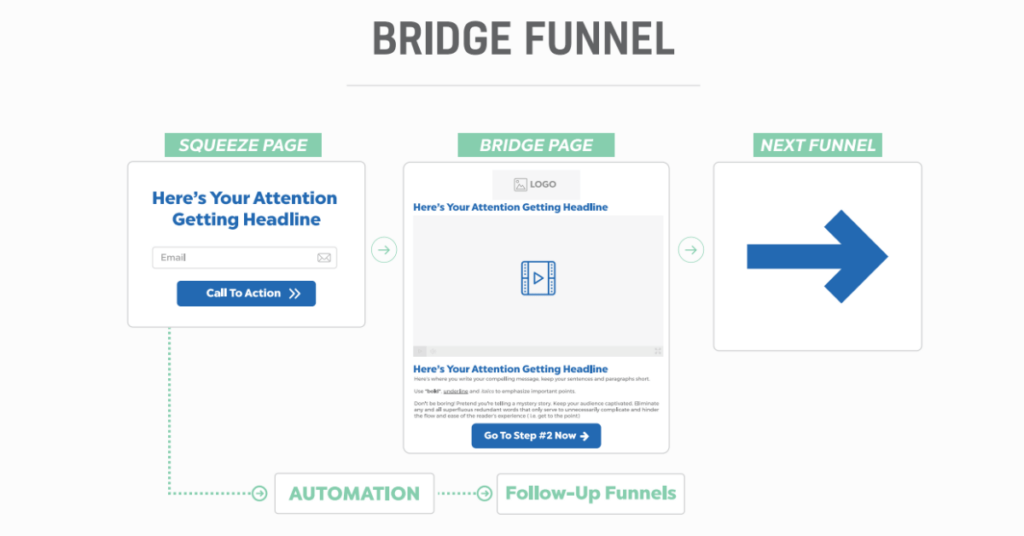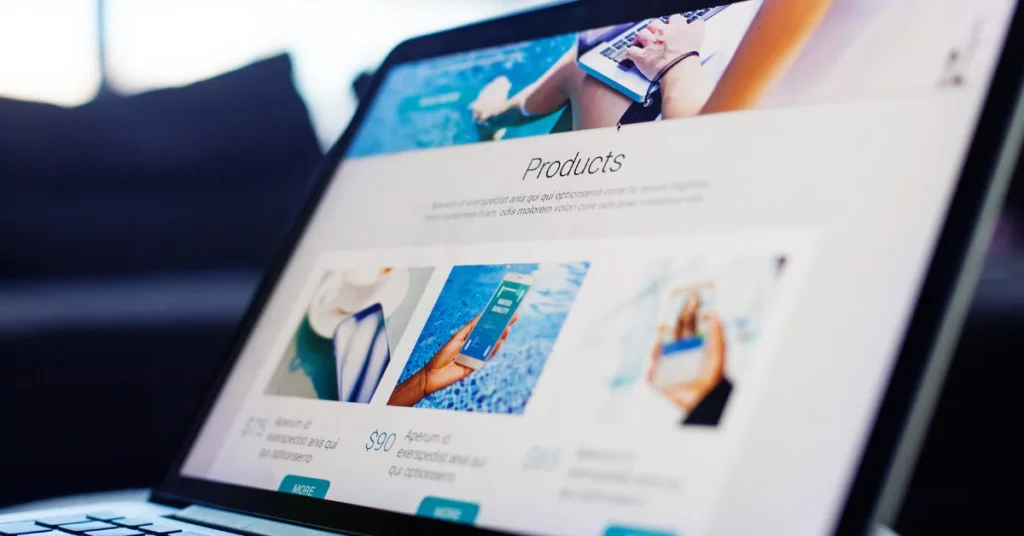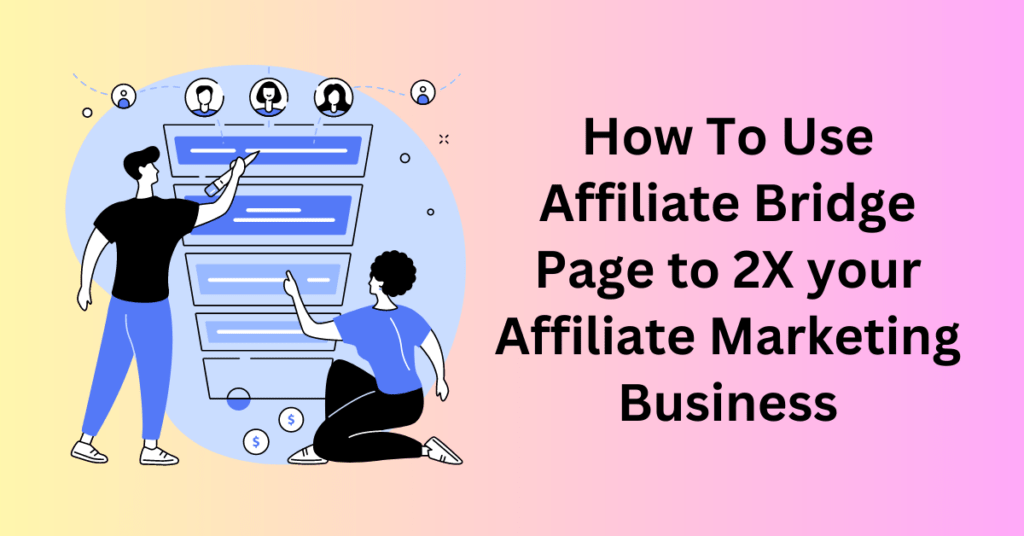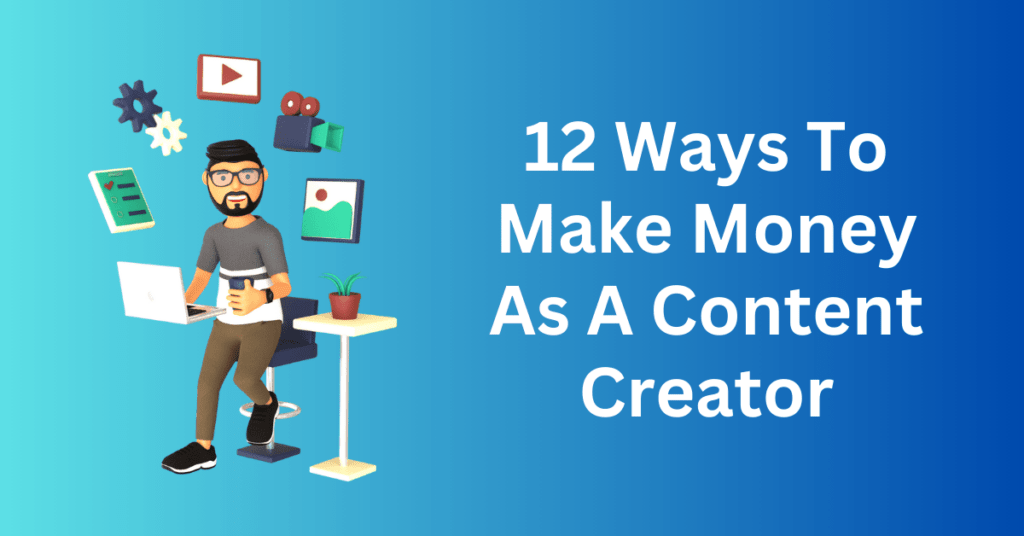Building a website is simple. Almost everyone can build their website now with the website builder. But how to Increase Your Website Engagement is the key.
However, with the increasing number of websites on the internet, getting people to visit and engage with them is very hard.
The online world is jam-packed with people trying to peddle their goods. So much so that the average consumer doesn’t have the time or energy to find your website.
You need to show them you are worth their time by sharing value with them. No one is going to knock at your door unless you are in the prime location. Aka in the middle of the hot traffic location, just like the prime location shop.
So, today we will share 8 proven ways to increase your website engagement.
Join Your First Funnel Challenge Now!
1. Know Your Audience
We call this your dream customer. Before starting any business, you should know who you want to serve. And, who has your money? The person that is going to pay for your product or service.
This is the group of people that you want to target.

So, before you even create a website, you should identify who your dream customer is. We do this by creating a dream customer avatar.
A physical person that you can visualize in detail his lifestyle, interest, the language used, and what they do.
You want to make this dream customer feel as real as possible. Give them a name, find a picture that fits how you see them and make a list of their desires, fears, and insecurities.
You might think about their family, their obligations, and the job that they work.
Here’s a list of questions to ask yourself…
- What jobs and hobbies do they have?
- How old are they and what are some key life experiences they’ve had?
- How do they dress? What is their style like?
- What do they want more than anything?
- What keeps them awake at night tossing and turning?
Many business entrepreneurs might think this is too much. But in fact, no.
This is the most important part of the business for you to know them better and serve your customer better.
And better that you understand your dream customers, the easier it’ll be to create an engaging website by using the language they use.
If you want to learn more about this, check out Traffic Secrets (<– get your free copy with that link), Russell Brunson, the founder of ClickFunnels, explains his process for identifying and finding his dream customers in step-by-step detail.
2. Determine Your Goals – Website Engagement
When we talk about Increase Your Website Engagement, what is engagement actually means?
- Visiting the site, and clicking the link
- Spend a longer time on the website
- Submit their contact details
- Or completing a purchase
Now, stop and decide what you want to achieve before moving forward.
Don’t just write down the goal you want to achieve. Instead, make a list of the metrics that are tied to that goal.
If you want to get more email subscribers, for instance, you might write down…
- Lead magnet conversion rate
- Unsubscribe rate
- Time-on-page
- Heatmaps for the landing page
All of those metrics will help you determine your current benchmarks… so that you can improve them.
3. Know Your Website’s Performance
Before fixing something, you need to know what’s wrong with it.
You need to know what’s not working before starting to repair it. For an online business, data talks. Know your data and analyze it to see which metrics fail and need optimization.
Here are a few easy ways to do that.
Run a speed test. You can run a website speed test here. This has a surprisingly large impact on how people engage with your website. Even as load time goes from 1 second to 3 seconds, the probability of bounce increases by 32%. We’ll give you some tips for improving your website speed later in this article.
Competitors analysis – Feel like maybe your offer isn’t quite right. Or your copy isn’t compelling? Or something else is going on? Check out all of your closest competitors to see what they’re doing. Learning from your successful competitors is the best way for this. They are serving the same group of people and may just know what you are missing.
Use Google Analytics – Google Analytics is a great place for finding critical information like your top-performing pages, time-on-page, bounce rate, conversion rate, and more.
Vet your traffic source – Depending on where your traffic is coming from, it’s possible that you don’t have a website problem, but a traffic quality problem
Think about the user experience – The best websites today aren’t just websites… they create experiences for the visitor. They seamlessly guide people from point A to point B and then from point B to point C. Spend some time getting into the nitty-gritty details of the experience that your website creates.
4. Mobile-Friendly – Website Engagement
People are on the move nowadays. Most people are browsing from their mobile phones or tablets nowadays instead of their laptops or PC.
This means that your website needs to appear perfect no matter what the device is. You can’t just focus on the desktop version only. But also the tablet and mobile versions.
It’s easy to verify how your website looks with different devices.
Just visit your website on your phone, on your desktop, and maybe even on a laptop.

How’s it look?
If it looks off on one of those devices, this is what your visitor’s going to see. It isn’t set up to be responsive to the visitor’s device.
For obvious reasons, you gonna fix that.
The good news is that almost all website providers and hosts like WordPress, ClickFunnels, or other website or sales funnel builders support automatic setup to be mobile-friendly.
Join Your First Funnel Challenge Now!
5. Use a Proven To Work Website Engagement Template
The idea of creating a great website from scratch is… overwhelming. Sometimes you don’t know where to start.
And the worse thing, it takes a long time to start building from scratch.
The worse part, you need to know how to code and design. Creating something that’s pretty and compelling would take a few decades.
This is why most platforms provide pre-built templates to start with. And those templates are mostly tested and proven to work before publishing as a template.
Just choose the template that matches your niche for your site and you are good to go. You can customize your pages and website however you like by drag and drop. Without a single line of code, just use the visual editor!
All you’ve got to do is fill in the blanks: headline, copy, images, etc.
The wireframe is already built for you.
6. Think in Sales Funnels
You’re probably thinking about improving the engagement on your website as a whole.
But the reality is if you want to improve conversion rate, meaning make more sales and get more opt-ins… you need to think in terms of sales funnels, not in terms of a website.
What’s the difference?
While a website is great for building brand awareness and giving your existing customers a place to learn about all your business is doing, it is not effective, especially for converting new customers.
You don’t need them to understand your business as a whole. But you want them to be your leads and customers.
Hence, you need to guide them to do what you what them to do.
A sales funnel, on the other hand, is a step-by-step or even a page-by-page experience that you design to get people to take only one very specific action on each page. Whether that be downloading a lead magnet, purchasing a product, or signing up for your webinar.

7. Make it Faster
People now have very short attention time. With TikTok coming out, people\’s attention time is even shorter with the 15s video swipe.
And that’s concerning as an online business owner. People can just leave your website if it doesn’t load or not catching their attention in the 5-10s.
And they are gone.
Hence, having a fast website is absolutely critical.
For example, you may use Google PageSpeed Insights to test the score and speed of your website. If your website is underperforming, there’s a good chance that your engagement is being impacted.
Here are some ways you can improve your website load speed.
Website Speed Optimization
Optimize your images – Image loading time will affect the page loading time as well. Images are often the heaviest elements on a page, and can drastically slow down your site if they’re not properly optimized. Hence, optimize all your images for the web, including reducing file size and using the correct file format.
Minimize HTTP requests – Every time a browser requests a file from your server, it creates an HTTP request. The more files your page has to load, the longer it will take. You can minimize HTTP requests by using CSS sprites and combining files.
Use caching – Caching is a method of storing files in your visitor’s browser so they don’t have to download them every time they load a page. This can greatly reduce loading times, especially for visitors who return to your site frequently.
Minimize redirects – Redirects add an extra step to the page loading process, and can therefore slow things down. The more hop requires, the longer time requires to reach the final destination. So, if possible, avoid redirects or keep them to a minimum.
Load JavaScript and CSS files asynchronously – If your website uses JavaScript or CSS, you can improve loading times by loading these files asynchronously. This means that the browser can load other elements of the page while the JavaScript or CSS file is loading.
8. Hook, Story, Offer
Now, after going through from strategy one to seven, your site should look great, the loading speed is good and the design is nice.
But there is something important still missing.
The masterpiece sales copy.
We called this copywriting and storytelling skill.
The science of persuading sales with words. And in short, you will need three elements to blend in your sales letter to work well.
Hook, Story, Offer
This magic formula works for writing blog posts, sales pages, websites, emails, and Facebook ads, anytime you want people to take action on something.

Here’s how it works…
Hook – You hook the person with an irresistible headline that builds curiosity and makes them want to keep reading.
Story – Then you tell a story that relates to the challenges and struggles your target market is going through. You show them that you understand where they’re coming from.
Offer – Finally, you reveal the solution you discovered (your products or services) and offer it to the visitor for an irresistible deal.
Well, It really is that simple.
If you want to learn more about copywriting, then get yourself a free copy of Jim Edward’s book, Copywriting Secrets, it’s awesome and you’ll be writing killer copy in no time.
9. Promote It to get Website Engagement
As we mentioned earlier, people aren’t going to seek out your website out of the kindness of their hearts.
Unless you are in the top spot for popular search keywords or even on the top page of everyone’s social media feed.
They are not going to see you.
You need to get in front of them. Wave at them telling them you are there for them.
This means promoting your offers, sales funnels, and website on platforms where your dream customers congregate.
Fortunately, that’s easier than ever before.
Traffic Driving Strategy
Here are just a few ways that you can drive high-quality traffic to your website…
Social Media Ads – Facebook, Instagram, Tik Tok, and virtually every other social media platform make their money by running ads to users. Just launch your ads campaign, and then you can have the traffic started to flow to your site.
Influencer Marketing – Influencers are people in your niche who your dream followers already follow. They already group your dreams customers for you. Make a list, reach out, and see how much they charge. Try micro-influencer at the start, their rates are very reasonable compared to the results they give.
Affiliate Marketing – This is like influencer marketing except it’s commission-based marketing. You determine what percentage of commission you want to pay them, then you give them a unique link, and they go and promote your products and services for you. You only pay them based on successful sales.
Sponsorships – Besides running straight advertisements, you can also run sponsorships inside of newsletters, podcasts, blogs, or other digital assets. You need to find the things that your dream customers love to read, listen to, or watch and then pay for those publications to promote your products or services. You’ll usually have to pay a flat fee but can occasionally pay per click.
Check out Traffic Secrets to get more ideas to promote your website.
Final Thoughts – Increasing Your Website Engagement
Increase Your Website Engagement is a science. It includes data analysis, critical thinking, testing, trying, and ultimately, taking action. You can build an online business that succeeds and flourishes.
And you know what separates those who succeed from those who don’t?
Cold, hard action and resilience. The grit to keep going when things are tough or confusing. Now, it’s your turn to optimize your website to get more engagement.


